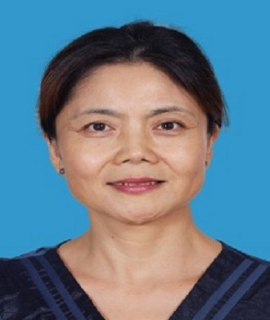Title : Research progress on Salvia miltiorrhiza
Abstract:
Cardiovascular, especially ischemic heart disease, remain consistently among the leading cause of death worldwide. In China, the use of Traditional Chinese Medicine (TCM) medication and principles in treating such conditions is among the most developed fields in TCM practice and research. Among the many Chinese medicines used for ischemic heart disease, the root of the Salviae miltiorrhizae is particularly known in China as well as other parts of Asia. To date, at least 50 components have been purified and identified from Salviae miltiorrhizae, which can be largely categorized into hydrophilic compounds (including various polyphenolic acids) and lipophilic compounds (mostly from the tanshinone family of diterpenes). Our study contained extract, active compounds, and the combination of active compounds from Salviae miltiorrhizae. Salvianolic acids, the hydrophilic extract containing salvianolic acid A (SalA), salvianolic acid B (SalB), rosmarinic acid and other phenolic acids, significantly reduced doxorubicin-induced cardiomyopathy in mice, and decreased infarct size, improved LV function in rat with acute myocardial infarction. SalA prevented endothelial dysfunction, cardiac remodeling and vascular remodeling in spontaneously hypertensive rats; attenuated aortic aneurysm formation in apolipoprotein E-deficient mice. SalB functioned as a competitive inhibitor of matrix metalloproteinase-9 (MMP-9), attenuated cardiac fibroblast migration, collagen and cytokine secretion, and further efficiently prevented cardiac remodelling. The herb pair, derived from roots of Salviae miltiorrhizae and Panax notoginseng, has been widely used for improving coronary or cerebral circulation in China. Our study evaluated the cardioprotection of combined SalB and ginsenoside Rg1 (Rg1) against myocardial ischemia/reperfusion injury. SalBRg1 combination was found to maintain mitochondrial membrane potential and resist apoptosis and necrosis in H9c2 cell. SalB-Rg1 combination down-regulated myocardial infarct size, maintained myocardium structure and cardiac function and improved the viability of cardiac myocytes other than cardiac fibroblasts in rats with ischemia/reperfusion injury. All of these founding elucidated the cardioprotection of the active components from Salviae miltiorrhizae and the underlying mechanism.



